Two weeks ago today I visited Cambridge for the first time. I was only there for a few hours, but it was a lovely sunny day, and I enjoyed a stroll through the streets, admiring all the beautiful old buildings.
Hong Kong's buildings seem to have a typical lifespan of just 60-70 years, so you won't find any similar scenes here. There are still plenty of traces of Hong Kong's history to be found though, we just have to look a little harder.
Approaching the world with a curious eye, then sharing discoveries and questions is what Gwulo is all about. This newsletter starts with an example from Mak Ho-yin, moves on to list a bunch of readers' discoveries, then gives some tips on how you can share your own...
An outstanding Nathan Road
by Mak Ho-yin
At the Newsletter of 2021 week 24, the title “Roman Tam and the Four Steps” leads me to the article “Purple Onion Discotheque”, and the photo “Bars Kowloon mid-1970s” catch my eyes. It shows the junction of Nathan Road and Peking Road, and it is the street name plate at the right side that draws my attention.
The “Nathan Road” plate was hung at the exterior of Hyatt Regency Hong Kong which was closed in 2006. If you’re able to read Chinese, you will find that the Chinese text “彌敦道” are written in the classic Chinese style of from right to left, therefore you’ll see “道敦彌” on this photo.
This specific name plate is no longer found now, after the demolition of the Hotel in 2007. Following the influx of western culture, Chinese has turned to follow the style of Romanized language of English and written from left to right. Street name plates were no exception. Making a brief search on the internet, we find that those “T-shaped” name plates (which were older) are mostly classic one of writing from right to left, while the rectangular-shaped ones (which were younger) are modern way left to right.
But it doesn’t mean that such style of name plate has become extinct. There is still one in Kowloon, and exactly at Nathan Road.
Look at the southbound direction of Nathan Road at its junction with Waterloo Road. At the exterior of Kiu Kong Mansion of No. 524 Nathan Road, we’ll find the only surviving rectangular street name plate of Nathan Road which was written right-to-left “道敦彌”. I have no information about when this one was mounted there, but this one must be older than others plates along Nathan Road. Its style, width-to-height ratio and even the text font are the same as the lost one at Peking Road.
Share with us if you have any other interesting story about streets or street name plates.
Hong Kong's street furniture
Here are some of the categories we've noted over the years (please let me know in the comments if I've missed any important ones). We use tags to gather related pages together, including photos of the items, and Place pages to show their location.
| Tag | Links |
|
boundary stone |
|
|
brick water tank |
|
|
cast iron street sign |
|
|
fire hydrant |
|
|
gas lamp |
|
|
inspection cover |
|
|
postbox |
|
|
statue |
|
|
traffic pagoda |
|
|
|
|
war department |
|
Then for something bigger to watch out for, here are a couple of types buildings we've documented:
| Tag | Links |
|
cinema |
|
|
shop house |
|
There are hundreds more tags to explore - here's the full list of tags if you'd like to take a look.
You're very welcome to join in and add your own findings to the site, either adding to the information listed above, or adding some other piece of Hong Kong's history that you find interesting. I'll link to some tips below to help you get started, but if you have any questions just leave a comment below.

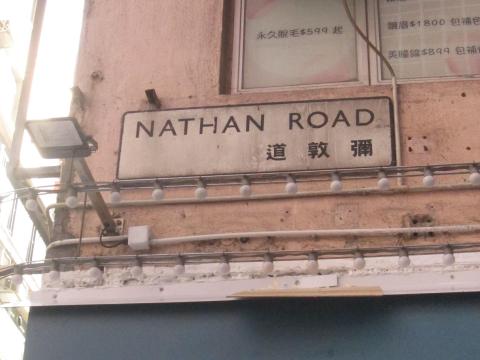

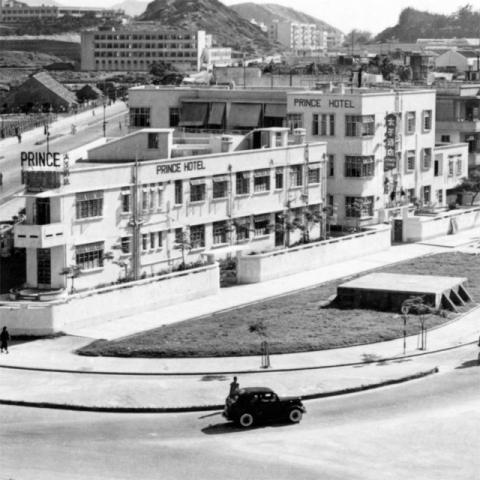
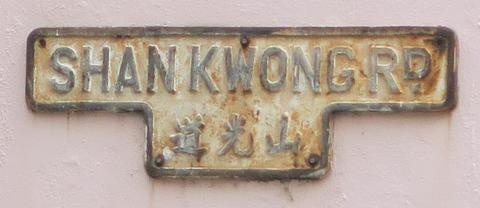
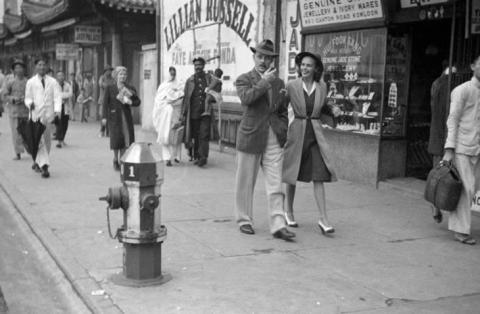
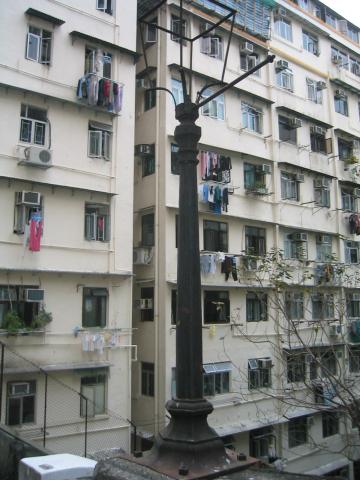
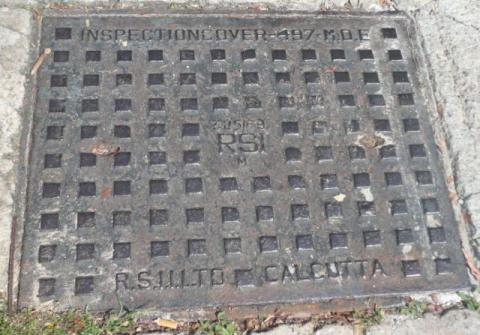
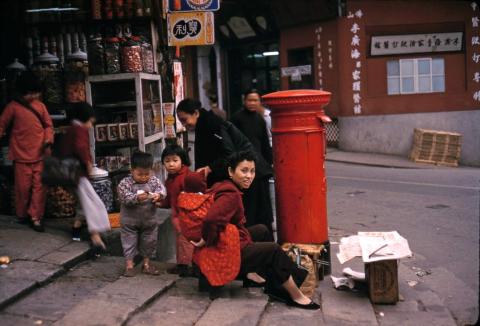
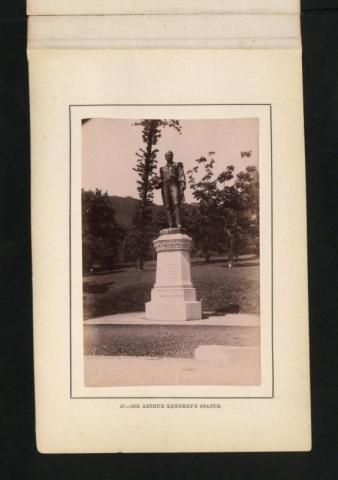


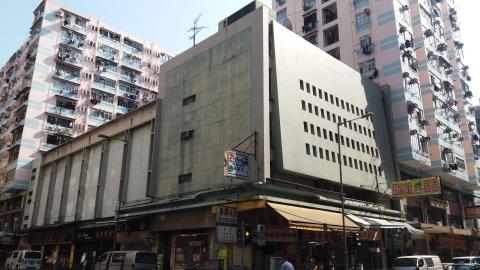

Comments
buildings' age
It is a trick Hong Kong use which China also learned. If you keep on demolishing old houses and building new ones, it will create a lot of economic activities and natually would boost the GDP of a place. That's is the reason China now got a lot of "ghost towns":)
By the way, 1945 is the starting date of occupation for that building. Looking at Google map, it seems they are refurnishing it. Reason Hong Kong buildings in such bad shape in 50 years is that they have poor maintenance. The realtors don't show any picture of that building 0n their web site even after refurnishment, I wonder why.
https://hk.centanet.com/estate/en/207-Des-Voeux-Road-West/1-OOOVQROYRU
Street signs
Although I can't read Chinese letters (nor speak), I think there are Chinese characters running right-left on the old and left-right on the new plate.
1920s Nathan Road
Early type of road sign for Nathan Road at the junction with Salisbury Road.
Another example of the cast
Another example of the cast iron sign on QRC in the 1920s
But not there in circa 1895